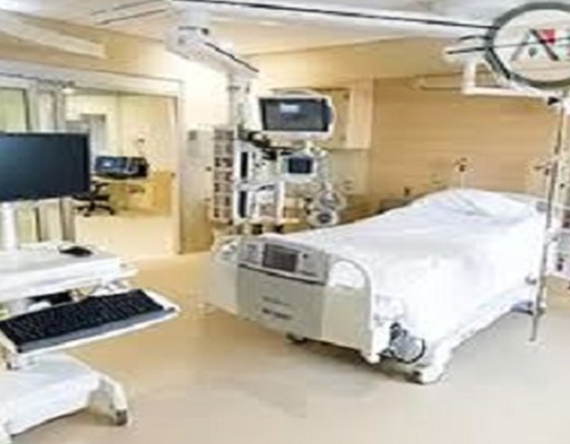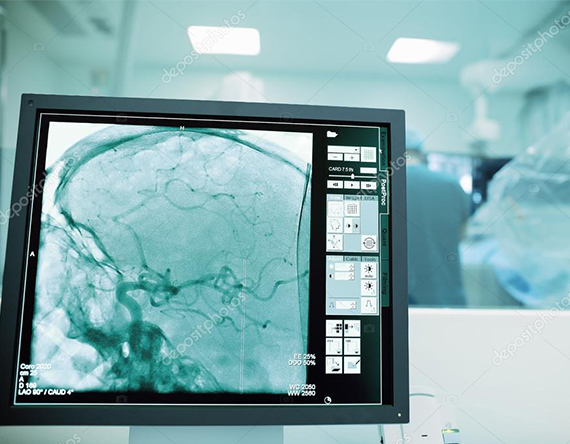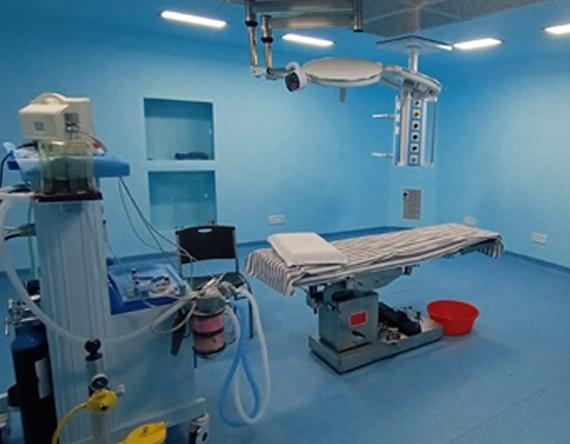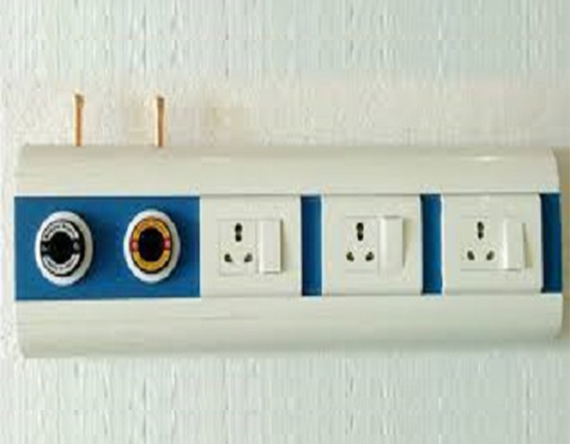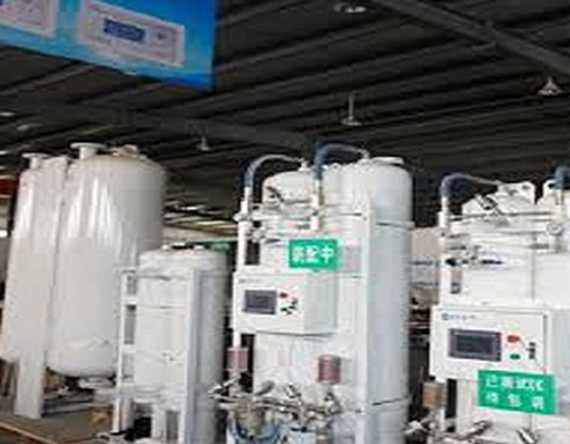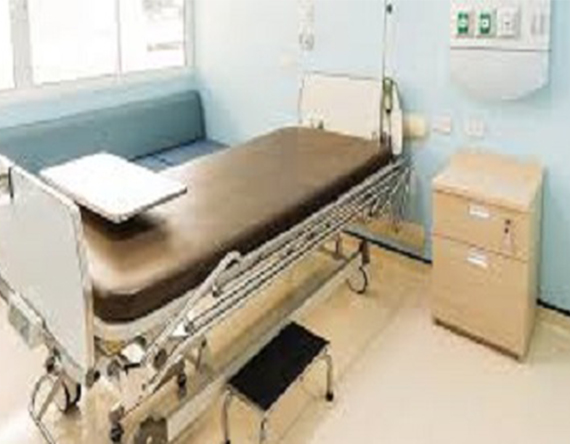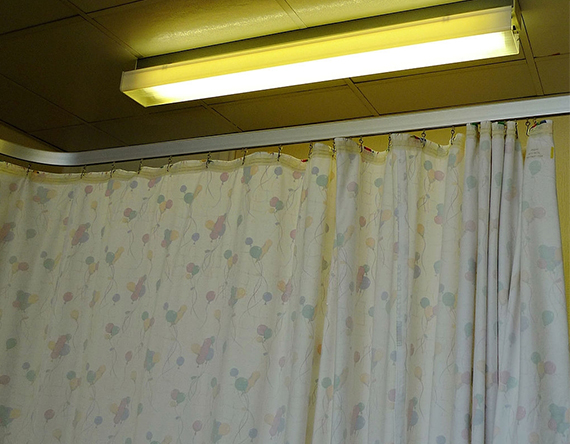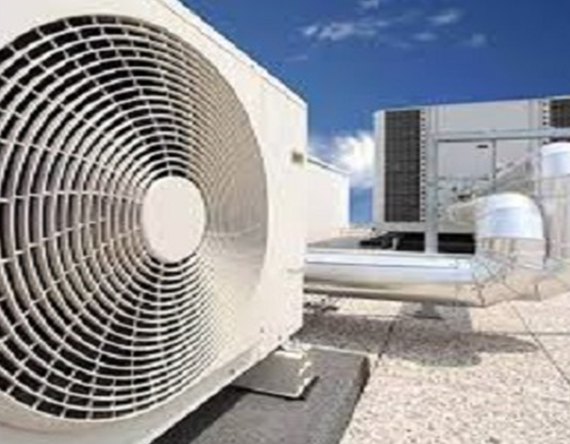
Hvac Heating Ventilation & Air Conditioning System
Description
Although HVAC is executed in individual buildings or other enclosed spaces (like NORAD's underground headquarters), the equipment involved is in some cases an extension of a larger district heating (DH) or district cooling (DC) network, or a combined DHC network. In such cases, the operating and maintenance aspects are simplified and metering becomes necessary to bill for the energy that is consumed, and in some cases energy that is returned to the larger system. For example, at a given time one building may be utilizing chilled water for air conditioning and the warm water it returns may be used in another building for heating, or for the overall heating-portion of the DHC network (likely with energy added to boost the temperature
🗹 Methods for ventilating a building are divided into mechanical/forced and natural type
🗹 The design, installation, and control systems of these functions are integrated into one or more HVAC systems
🗹 For very small buildings, contractors normally estimate the capacity and type of system needed and then design the system,
Basing HVAC on a larger network helps provide an economy of scale that is often not possible for individual buildings, for utilizing renewable energy sources such as solar heat,[7][8][9] winter's cold,[10][11] the cooling potential in some places of lakes or seawater for free cooling, and the enabling function of seasonal thermal energy storage. By utilizing natural sources that can be used for HVAC systems it can make a huge difference for the environment and help expand the knowledge of using different methods.
